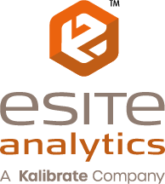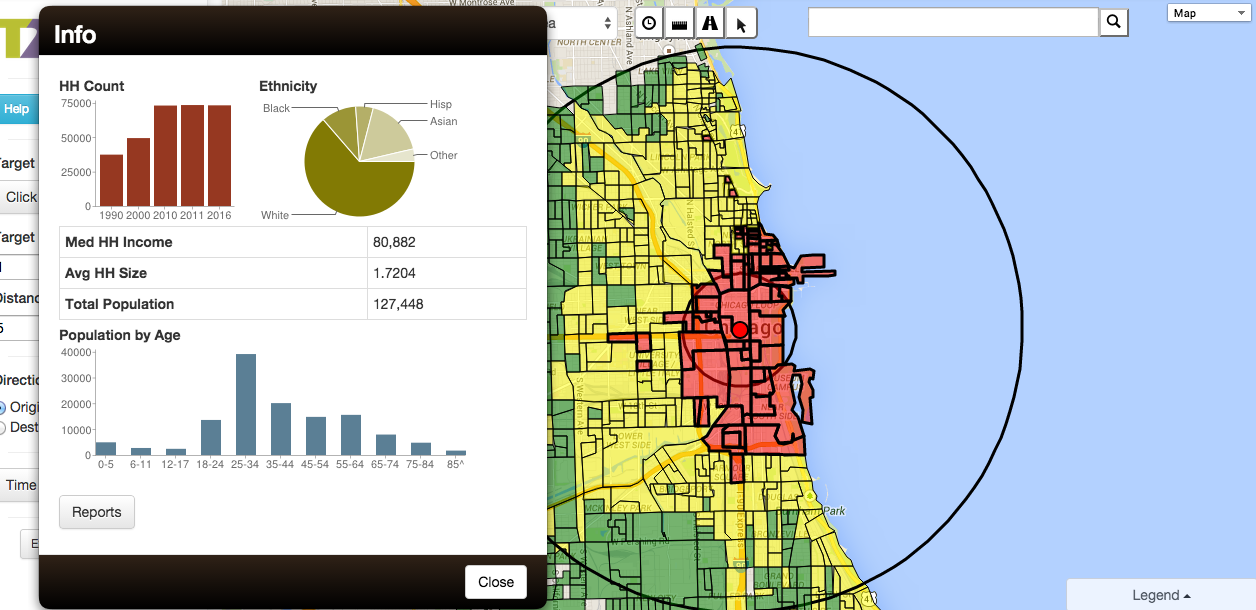eSite analysts are often approached by clients who want to know:
How big can my brand be?
Whether the company already spans the U.S. or has focused on a handful of markets, we can answer this question by 1) determining what’s currently working in the highest-performing geographies, and 2) finding similar conditions that will help guarantee success anywhere in America.
It’s a highly valuable study for companies that want to figure out which markets are prime for infill or develop entirely new growth strategies. This approach removes uncertainty about a brand’s true potential.
Here’s how it works:
Start by applying a custom model to all potential sites (literally any U.S. locations on non-residential streets), a set of “rules” based on where stores are typically located and a set of conditions for the market.
This way, you can factor in the specific variables that make your brand tick: site-specific needs to ensure nearby favorable retail, or proof that the market itself can support an additional store in your particular industry.
So, why do you need to know how big your brand can be? At eSite Analytics, we most often see this play out in two common scenarios.
1. To help infill into existing markets
If your brand already has a national scope and you want to know where to focus growth efforts next, you’ll get answers to important questions: Is there still room to grow? Or should we look into creating a new concept because the market’s maxed out?
More often than not, it’s the former. A “How Big” analysis will help organize the confusion into a streamlined growth strategy by bringing to the forefront those markets with the greatest opportunities for new locations.
2. To strategically grow from a regional to national brand
With this approach, it’s helpful to model a growth strategy after another brand that’s achieved a broad presence in multiple markets. When teasing out the patterns, it’s important to know how close together two stores can be before they begin to cross into cannibalization mode.
Of course, population density should be factored in as well. Denser markets mean stores can be in close proximity and still be profitable, but it’s essential to deduce these patterns from a chain of stores that have come close to a saturation level in at least a few markets.
And then there’s the icing on the cake:
By applying a sales model to every potential point, you can see precisely which locations fit all site rules and market conditions. With this final layer of information, you’ll know exactly what kind of store performance to expect from each optimized market.
It all comes down to smart, strategic growth. When you know how many stores will not only fit and will perform well, you can plan years in advance. And you’ll lessen the risk of losing out on prime locations while you grow in a smart, profitable way.
With this approach, our clients are able to select an initial site in each new market knowing exactly where the next one (and the one after that) should go.
Want to find out how big your brand can be?
Get in touch to learn more!

